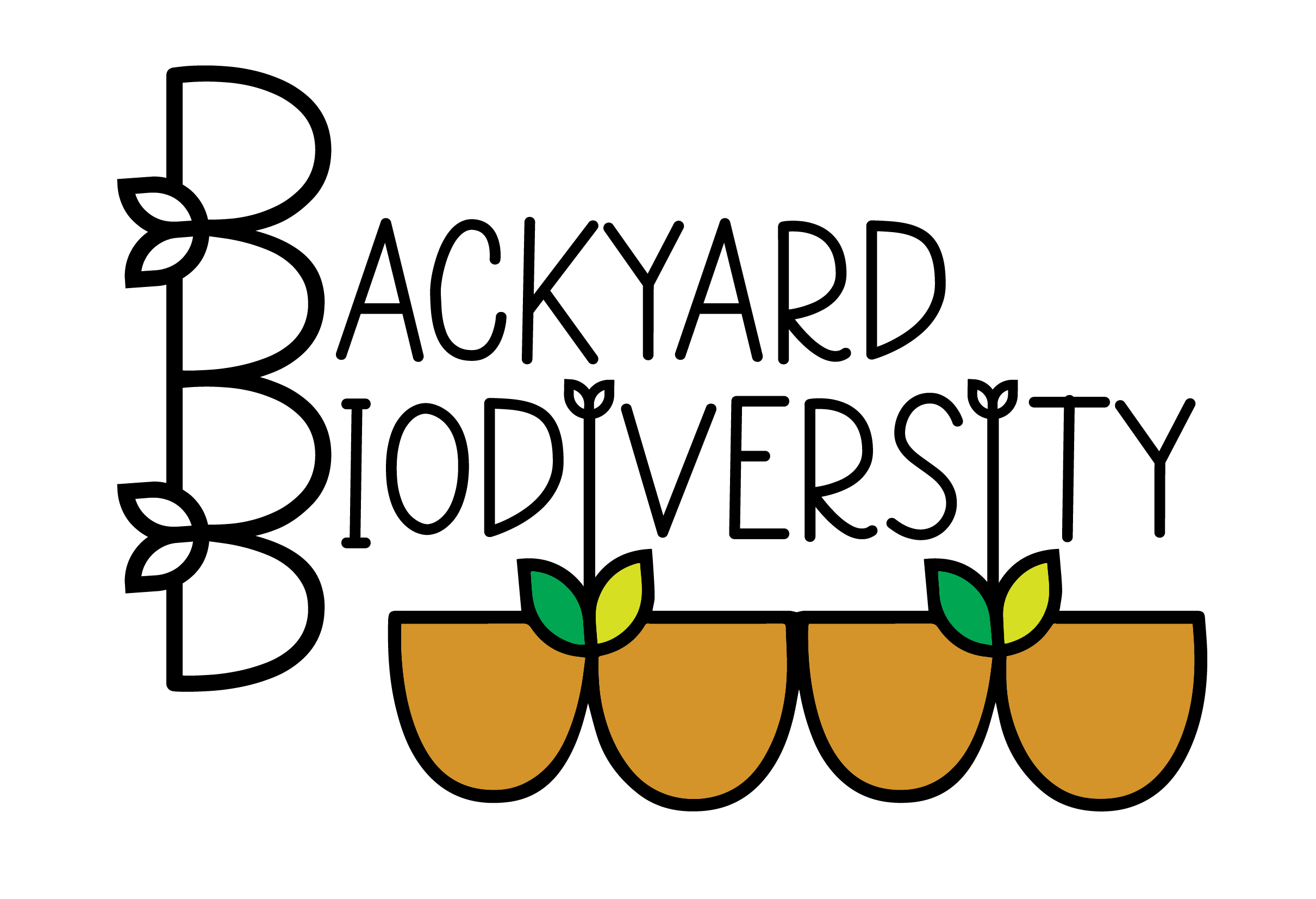Trees & Shrubs

Why plant trees and shrubs?
Planting trees & shrubs connects us to our local place. By acting as kaitiaki, we express care & respect for nature that is mutually nourishing. Planting specific species supports our cultural identity.
Trees and shrubs provide homes & food for many animals, as their berries, seeds & flowers attract birds, insects & geckos.
Trees capture carbon & improve air quality. They improve soil health & increase water quality by absorbing rain to reduce run-off.
Some trees and shrubs bear nutritious fruit for us, while others provide plant parts with medicinal properties.
They support cultural connection & bring joy through beauty (sight, sound, smell) which enhances our wellbeing. So does the outdoor physical activity of planting & caring for them.
Seeding ideas …
Blueberry | Hua kikorangi/Purūpere
We can grow blueberries which are packed with antioxidants that help our immune health. They are believed to improve brain & heart function, be anti-inflammatory, reduce cholesterol & cancer risk, & may even have anti-aging benefits...
Kōwhai
Birds & bees love kōwhai nectar. The shining cuckoo, which migrates seasonally between its Pacific Island homes (like Rarotonga & NZ), feeds on caterpillars which feed on kōwhai. Kōwhai gives supple wood, once used for digging sticks, spears, & fishhooks. Related to peas, its roots also fix nitrogen in the soil.
Ginko
Trees can connect us to our cultural identity: Ginkgo used to grow widely but survived in the wild only in China. Some trees planted at temples may be >1,500 years old. Ginkgo is also commonly planted in Korea & in Japan (the symbol of Tokyo is a ginkgo leaf)
Ngaio
Even though Ngaio leaves are poisonous to many mammals, birds flock to this tree to eat its purple berries. Birds & bees also drink nectar from its flowers. Its relatives grow throughout the S Pacific from the Cook Islands to Hawaii & to Maori. Ngaio oils provided a natural insect repellent!
